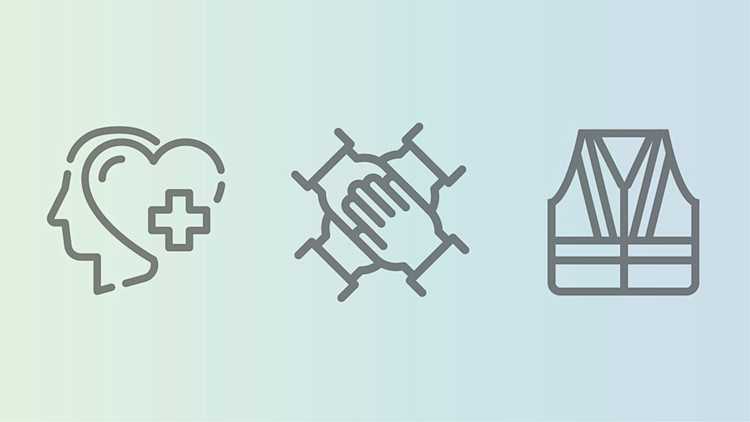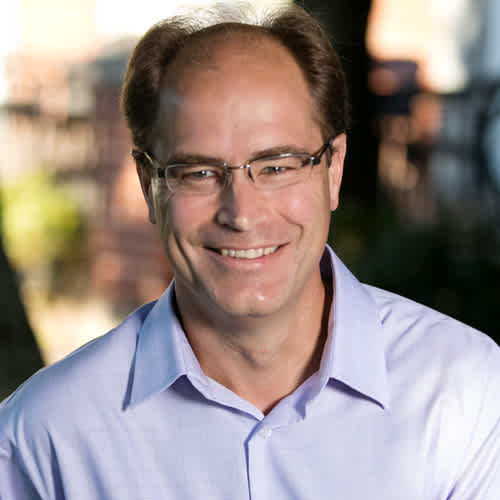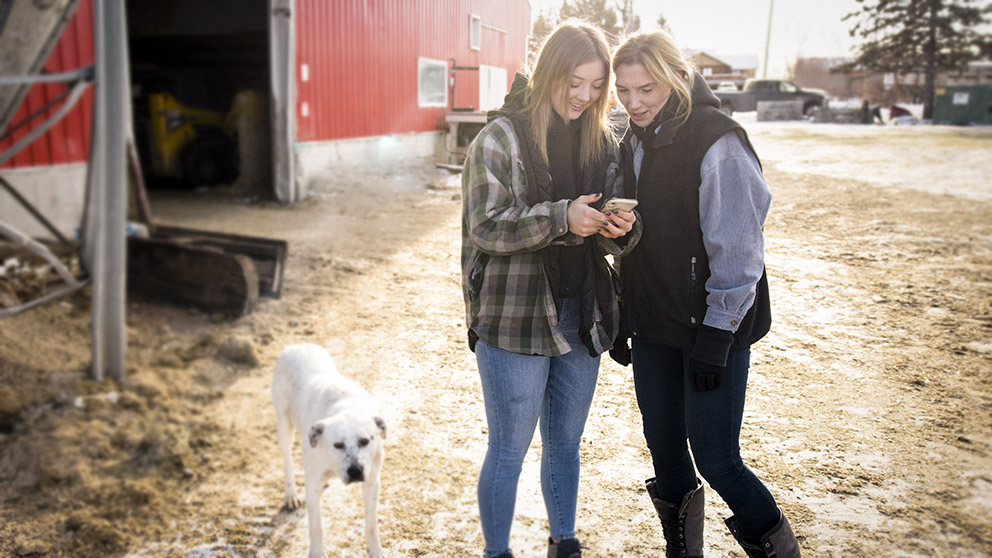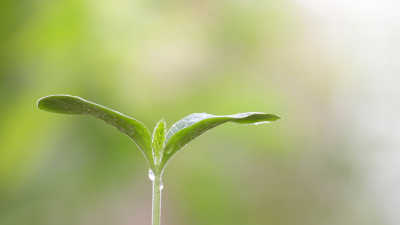Farm safety: Not just a passing trend

How should farm operations stay on the right side of health and safety issues to protect the farm team?

Former farm satefy coordinator, PEI Federation of Agriculture Charlottetown, P.E.I.
Farm safety isn’t a new topic, but good mental health and the need to stay strong in this realm is a relatively new, and positive, development in the agricultural sector. It’s always imperative we take our mental wellness seriously as we navigate this wonderful yet sometimes stressful industry. Each day we talk, we continue to break down the walls and remove the stigma on mental health. It can’t be said enough: it’s OK to not be OK.
The most valuable asset on any farm is not the tractor, the acreage or the quota, it’s you. Without you, the farm doesn’t exist. Even before the rigours of farming become too much to handle — which can happen to the “strongest” among us — take time to reach out to your spouse, family, a trusted friend or an advisor.
As the average age of Canadian producers continues to increase, there’s still some generational ideology that asking for help indicates weakness. However, younger producers are increasingly taking note of their mental health and ability to help the older generation realize there is value in talking through hard times.
Don’t underestimate the power of conversation. Often, small gestures can make huge differences in the life of someone who is struggling. Watch for warning signs of a person in crisis: normally social people isolating for no reason, noticeable subject changes in social media, easily irritated or surprisingly combative, negative conversations.
Metal health resources can be found at:

Agricultural health and safety specialist, Winnipeg, Man.
Everyone wants to go home healthy and safe at the end of the day and working as a team and taking ownership of safety responsibilities are vital in maintaining a safe, strong farm operation.
Keeping with the team concept, the farm owner or manager is the head coach, who ensures there is a system to manage safety on the farm and assign safety roles to employees.
Supervisors are the assistant coaches. They make sure they execute the plays called by the head coach and provide the workers guidance on how to do their tasks in a safe and productive manner.
Workers are the players themselves, with a role to score goals and make the team successful. If a player is injured, they can’t fulfil their role and it could cost the team. Practice makes teams successful; this is no different when it comes to farm safety. Practice farm safety. Make sure everyone is trained to perform their job tasks and are regularly reviewing procedures and identifying and controlling hazards. Employers, managers and supervisors need to monitor processes, detect gaps, and spot room for improvements.
Attitude makes all the difference, so encourage everyone to openly discuss safety concerns. Holding regular Toolbox Talks about safety topics is a great way to build a positive safety culture.
It’s also important to be self-aware about individual physical and mental well-being. An injury, illness or mental health issue can put anyone at risk. Identifying and treating injuries and illnesses will benefit the team in the long run.

Director, Canadian Centre for Health and Safety in Agriculture Saskatoon, Sask.
Agriculture is one of the riskiest industries from a health and safety perspective. Farmers contend with countless hazards, some of which include dust, chemicals, noise, vibration, allergens, infectious agents, and repetitive motion as well as the psychological toll of the job itself.
The first step is always to identify hazards. These usually fall into broad categories and vary greatly depending on the type of production. Once identified, determine what the risk of those hazards is and decide how to reduce such risk. One popular framework for risk reduction is the hierarchy of controls.
The hierarchy first tries to eliminate or substitute the hazard with something less hazardous or non-hazardous. The next step is engineering controls, which involves designing an implement, device or a change to equipment or a process that protects the worker from the risk – for instance, guards on machines or enclosing noisy equipment. Next are administrative controls, aimed at reducing time spent around hazards, adequate rest breaks and keeping work areas clean. The final step is personal protective equipment, or PPE. Ideally, the risk may be eliminated with the preceding steps, but if not, PPE becomes necessary. Just because it’s last on the list doesn't mean it isn’t effective – the correct, properly fitted PPE for a hazard is very effective.
Overall, this hierarchy provides layers of protection and taken as a whole, is highly useful in reducing or eliminating risk.
From an AgriSuccess article by Trevor Bacque.

Pursuit of innovation, with inspiration from game-changing Technology Access Centres, can help you get an edge in business.
